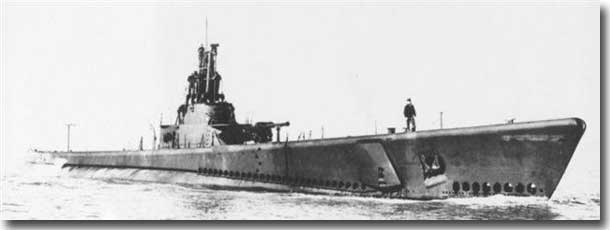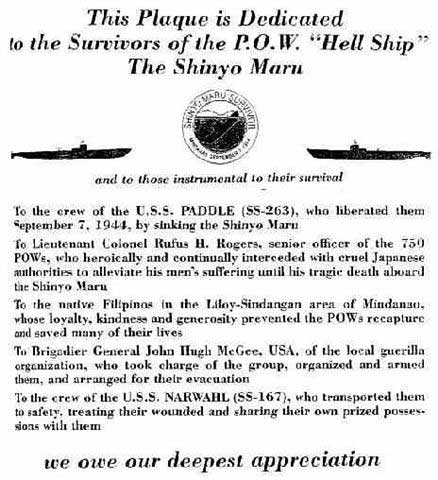Introduction.
In the Pacific Ocean in WW2, thousands of lives were lost when both Allied POW's and Javanese native conscripts died at sea as a result of Allied Submarine torpedoes. In his book, "Death on the Hell Ships," author Gregory F. Micheno covers this subject.

Cover of the book Death on the Hell Ships, by Gregory F. Micheno,
and published by Pen and Sword. Ltd.
Movement of Allied POW's and Javanese native labourers.
Over the period 1942-1945, thousands of Allied POW's and Javanese natives were transported by sea in these well named HELL SHIPS. Sometimes it was moving them from one island to another island for work related purposes, on other occasions, POW's were on their way from Japanese occupied territory to the Japanese homeland.
Allied Submarines take their toll.
Micheno reports that 126,064 Allied POW's were moved aboard these Hell Ships in the 1942-1945 time span, and that the dreadful total of 21,039 died as a result of Allied attacks, mostly by submarines on these transport ships.
Montevideo Maru.
I have already covered this tragedy on AHOY, but will briefly revisit this sinking. On the 1st. of July 1942, this 7,266 ton ship en route from Rabaul to Hainan, was loaded with 1,050 men, including Lark Force, 2/22 Battalion who had been involved in defending Rabaul against the Japanese onslought there. About 200 civilians, many of them administration personnel were also onboard.
USS Sturgeon struck Montevideo Maru with 2 torpedoes at 0225 ( 2.25 AM ) and she was gone in only 11 minutes, taking 1,053 with her. The attack was off Leyte in the Philippines, and the ship sank in very deep water, there is talk at the moment, of a dive on Monevideo Maru having recently taken place, or of one planned in the near future, but, if this is fact, it is shrouded in secrecy, and I have not been able to extract even the slightest whisper about such events.
Tango Maru.
In February of 1943, the 6,200 ton cargo vessel, Tango Maru, crammed with 3,500 Javanese labourers and some hundreds of Allied POW's, was plying between Java and Ambon. US Submarine Rasher, using 3 torpedoes sunk this ship, and only about 500 native people survived.

USS Paddle sank the Shinyo Maru in September of 1944. Only 83 American POW's from 750 survived.
Shinyo Maru.
On the 7th. of September 1944, the US Submarine Paddle, lined up this 5,065 ton transport Shinyo Maru, slipped torpedoes into her, and down she quickly went. From 750 American POW's on board but 83 lived to come home again.

Memorial Plaque dedicated to the 83 American survivors
from the sinking of Shinyo Maru by USS Paddle.
Rakuyo Maru.
The US Submarine Sealion11, with 2 torpedoes soon disposed of the 9,418 ton Rakyo Maru, she was on her way to Japan from Singapore, carrying 1,318 British and Australian POW's, they were being moved to slave in the coal mines of Japan. 1,023 died, some of them chopped up by the propellors of the Japanese warship escorts as they sought to find the submarine responsible for sinking this transport.
Junyo Maru.
The 5,065 ton Japanese freighter Junyo Maru, loaded to her plimsol line with 5,620 Javanese conscripts was nailed by the British Submarine Tradewind on the 17th. of September 1944. Only 900 came out of this sinking alive. This tragedy was the largest single loss of life of any of the Hell Ship sinkings. Both HM Submarine Tradewind, and her Captain survived WW2, the submarine continued to serve in the Royal Navy until going into the Reserve Fleet at Portsmouth in 1953, she was scrapped two years later.

HM Submarine Tradewind.
Conclusion.
This has only scraped the surface of the Hell Ships story, and blame could hardly be laid at the door of Allied Submarine Captains, who were not to know the cargo carried in these ships. It was rather that the Japanese authorities were culpable in not marking their ships with the safety of a Red Cross to indicate that POW's were on board.
Thousands perished, when lives may well have been spared if appropriate markings were placed on these dreadful ships, although the German U-Boats did not spare many British Hospital ships so marked in wartime.




